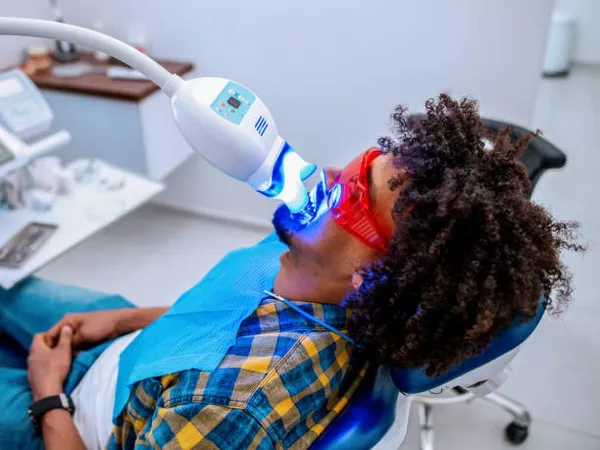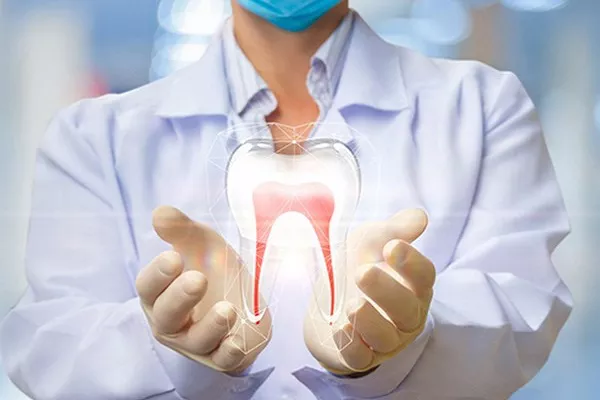Achieving a bright, white smile is a common desire for many individuals seeking to enhance their appearance and boost their confidence. With a myriad of teeth whitening methods available, determining the most effective approach can be challenging. This article aims to provide a comprehensive overview of top 5 teeth whitening methods, including their effectiveness, safety, ingredients, pros, and cons.
Explanation of Teeth Whitening
Before delving into the different whitening methods, it’s essential to understand the two primary types of teeth whitening:
1. Extrinsic Whitening: This involves removing surface stains caused by external factors such as coffee, tea, red wine, and tobacco use. Extrinsic whitening treatments target the outer layer of the enamel to restore its natural brightness.
2. Intrinsic Whitening: Intrinsic whitening focuses on changing the color of the enamel from within. This method addresses discoloration that originates from within the tooth structure, often caused by factors like genetics, aging, or certain medications.
Effective Methods
Several methods are available for whitening teeth, each with its own benefits and considerations:
1. Professional Treatments: In-office whitening procedures performed by dental professionals offer fast and effective results. These treatments typically involve the application of a high-concentration whitening agent, such as hydrogen peroxide or carbamide peroxide, followed by the use of a specialized light or laser to activate the whitening process.
2. Whitening Toothpaste: Whitening toothpaste contains mild abrasives or chemical agents that help remove surface stains and prevent new ones from forming. While they may produce subtle results over time, they are generally less effective for deeper, intrinsic stains.
3. Custom Gel Trays: Custom-fitted gel trays, often provided by dentists, allow for consistent application of whitening gel to the teeth. The trays are worn for a specified duration each day, typically for several weeks, to achieve gradual whitening results.
4. Whitening Strips: Whitening strips are thin, flexible strips coated with a whitening gel containing hydrogen peroxide or carbamide peroxide. They are applied directly to the teeth and worn for a specified period, usually once or twice daily for a few weeks, to lighten tooth color.
5. Natural Remedies: Some individuals opt for natural remedies such as baking soda, activated charcoal, or oil pulling to whiten their teeth. While these methods may offer mild whitening effects, their efficacy and safety vary, and they may not produce results comparable to professional treatments.
see also: What Does A Blue Led Light Do For Teeth Whitening
Safety and Regulations
When considering teeth whitening methods, safety should be a top priority. It’s essential to be aware of any relevant regulations governing the use of whitening products, such as those set forth by the European Union (EU) for over-the-counter whitening products. These regulations aim to ensure the safety and efficacy of whitening products available to consumers.
Ingredients
Understanding the key whitening ingredients can help individuals make informed choices when selecting whitening products:
1. Carbamide Peroxide: This compound breaks down into hydrogen peroxide when applied to the teeth, releasing oxygen molecules that penetrate the enamel and break apart stain molecules.
2. Hydrogen Peroxide: Hydrogen peroxide is a potent whitening agent that oxidizes stain molecules, leading to brighter teeth. Higher concentrations are typically used in professional whitening treatments.
3. Hydroxyapatite: This naturally occurring mineral can help remineralize and strengthen enamel while also providing a whitening effect by filling in microscopic defects in the enamel surface.
Pros and Cons
Each teeth whitening method offers distinct advantages and potential drawbacks:
Professional Treatments
Pros: Fast, effective results; supervised by dental professionals.
Cons: Higher cost; may cause temporary tooth sensitivity or gum irritation.
Whitening Toothpaste
Pros: Convenient; helps maintain results between professional treatments.
Cons: Limited effectiveness for deep stains; may cause enamel erosion with frequent use.
Custom Gel Trays
Pros: Customized fit for even whitening; gradual, consistent results.
Cons: Requires regular use over several weeks; potential for gum irritation if improperly fitted.
Whitening Strips
Pros: Convenient; easy to use; relatively affordable.
Cons: May not cover all teeth evenly; may cause gum irritation or tooth sensitivity.
Natural Remedies
Pros: Often inexpensive and readily available.
Cons: Variable efficacy and safety; may not produce significant whitening results.
Preventive Measures
In addition to whitening treatments, adopting preventive measures can help maintain a bright, white smile:
Good Oral Hygiene: Brushing and flossing regularly help prevent the buildup of plaque and surface stains.
Avoiding Staining Substances: Limit consumption of foods and beverages known to stain teeth, such as coffee, tea, red wine, and dark-colored fruits.
Quitting Tobacco Use: Tobacco products can cause stubborn stains and contribute to gum disease and oral cancer.
Regular Dental Check-Ups: Routine dental visits allow for professional cleanings and early detection of dental issues.
see also: Why Do Teeth Whitening Strips Leave White Spots
Consultation with Professionals
Before embarking on any teeth whitening regimen, it’s essential to consult with a dental professional. A dentist can assess the individual’s oral health condition, identify any underlying issues that may affect whitening results, and recommend the most suitable treatment approach. Additionally, professional supervision can help ensure safe and effective whitening outcomes.
Conclusion
Achieving a dazzling smile is within reach with the myriad of teeth whitening methods available today. By understanding the differences between extrinsic and intrinsic whitening, exploring various treatment options, considering safety and regulations, and implementing preventive measures, individuals can make informed decisions to achieve their desired level of whitening. Consulting with a dental professional is key to selecting the most effective and appropriate whitening method based on individual needs and oral health considerations. With proper care and maintenance, a radiant smile can be yours to enjoy for years to come.
FAQs About Teeth Whitening
1. What is the number 1 recommended teeth whitening?
The number one recommended teeth whitening treatment is often professional in-office whitening performed by a dentist. One of the most popular and effective options is Zoom Whitening. This method uses a high-concentration peroxide gel activated by a special light to accelerate the whitening process. It can lighten teeth by several shades in just one visit, making it a preferred choice for those seeking immediate and noticeable results.
2. What is the least damaging way to whiten your teeth?
The least damaging way to whiten your teeth is to use over-the-counter whitening products with lower concentrations of hydrogen peroxide or carbamide peroxide. Options include:
Whitening Toothpaste: Contains mild abrasives and low levels of peroxide to gently remove surface stains.
Whitening Strips: Thin, flexible strips coated with a whitening gel that you apply to your teeth for a specified period.
Custom-Fitted Whitening Trays: Provided by a dentist, these trays are filled with a whitening gel and worn over the teeth for a few hours each day.
Additionally, maintaining good oral hygiene and avoiding foods and drinks that stain teeth can help keep them white without causing damage.
3. How do celebrities get their teeth so white?
Celebrities often achieve their bright, white smiles through a combination of professional dental treatments and meticulous oral care. Common methods include:
Professional Whitening Treatments: In-office treatments like Zoom Whitening or laser whitening for fast and dramatic results.
Porcelain Veneers: Thin, custom-made shells bonded to the front of the teeth to enhance their appearance. Veneers can change the color, shape, and size of teeth, providing a flawless look.
Regular Dental Care: Consistent professional cleanings, good oral hygiene practices, and the use of whitening products help maintain their white smiles.
Diet and Lifestyle Choices: Avoiding foods and drinks that stain teeth, like coffee, tea, red wine, and smoking.
4. What whitens teeth really fast?
For those seeking quick results, professional in-office teeth whitening is the fastest method. Treatments like Zoom Whitening can produce visible results in just one session, typically lasting 60-90 minutes. These procedures use high-concentration bleaching agents and often incorporate special lights or lasers to enhance the whitening effect.
For at-home options that work quickly, consider:
Whitening Strips: Can show noticeable improvement in a few days with full results in about two weeks.
Whitening Pens: Convenient for touch-ups and can show fast results, especially for surface stains.
You Might Be Interested In































